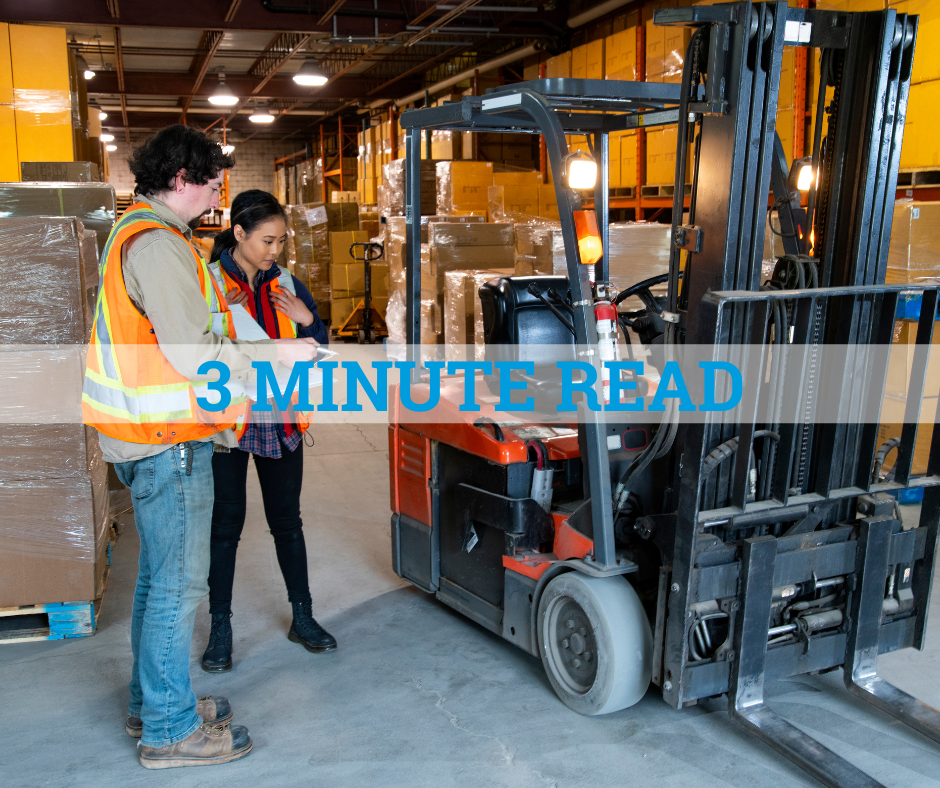
Workplace injuries can have a significant impact on employees and businesses, leading to lost workdays, reduced productivity, and soaring medical expenses. As a business owner, it’s crucial to recognize and address the unique challenges different age groups face in the workplace. Recent data highlights a concerning trend – older and newer/less experienced workers have higher injury rates.
Research from Travelers insurance company sheds light on the need for heightened attention toward new and older workers regarding workplace injuries. Continue reading to explore strategies to reduce accidents and foster a safer working environment for all employees.
The First-Year On The Job Challenge
According to Travelers’ review of over 1.2 million workers’ compensation claims, 34% of workplace injuries occur during an employee’s first year on the job. These injuries result in nearly 7 million missed workdays, highlighting the need for a strong focus on safety training and awareness for new workers. The primary reason behind this trend is that fresh recruits often lack the same level of experience and familiarity with workplace hazards as their more seasoned colleagues.
To combat this issue, business owners must prioritize comprehensive onboarding and training programs for new employees. Investing in well-structured orientation sessions and safety protocols can equip new workers with the knowledge and skills they need to navigate potential hazards safely. In addition, mentoring programs that pair new hires with experienced colleagues can provide an invaluable resource for addressing questions and concerns as they arise.
The Aging Workforce Challenge
While new workers require special attention, the study also revealed that the most expensive workers’ compensation claims come from employees aged 60 and older. These claims were about 140% more costly than those from workers aged 18 to 24. Although older workers may experience fewer injuries overall, the impact of their injuries is significantly higher due to longer recovery times and higher medical expenses.
As the workforce becomes increasingly multi-generational, business owners need to implement strategies that cater to the unique needs of older employees. Proactive measures such as workplace ergonomics assessments, age-sensitive training programs, and flexible work arrangements can help mitigate the risk of injuries for older workers. Promoting a culture of open communication encourages employees of all ages to report potential hazards and seek necessary support, fostering a safer work environment for everyone.
Embracing A Comprehensive Safety Culture
To effectively address the challenges posed by workplace injuries, business owners must work hand in hand with management and employees to cultivate a comprehensive safety culture. The following are essential steps to consider:
- Training and education: Provide ongoing safety training tailored to the diverse needs of different age groups. Engaging workshops, informative materials, and online resources can reinforce safety practices and keep employees informed about potential risks.
- Hazard identification and mitigation: Regularly assess the workplace for potential hazards and take prompt action to address them. Encourage employees to participate in safety inspections and hazard reporting, empowering them to take ownership of their workplace safety.
- Mentoring and knowledge sharing: Implement mentorship programs that connect experienced employees with newer ones. Encourage knowledge sharing and create a supportive environment where questions and concerns are welcomed and addressed promptly.
- Health and wellness initiatives: Support employee well-being by offering health and wellness programs that promote physical and mental well-being. A healthy workforce is more likely to be alert, focused, and able to prevent accidents.
- Emphasize safety leadership: Effective safety initiatives begin with strong leadership. Encourage supervisors and managers to lead by example and prioritize safety in decision-making.
Empowering Safety And Compliance: Unleashing The PEO Advantage
In the quest for a secure and compliant work environment that benefits all workers, small business owners have a powerful ally in professional employer organizations (PEOs). If you’re unfamiliar with what a PEO is, here’s a quick rundown.
A PEO is a strategic partner that collaborates with small businesses to manage critical HR functions, allowing entrepreneurs to focus on their core competencies and growth. Through a co-employment arrangement, the PEO takes on responsibilities such as:
- Payroll processing
- Benefits administration
- Tax filings
- Workers' compensation
As the business owner, you retain control over the day-to-day operations and decision-making. When you team up with a PEO like GMS, you gain access to comprehensive HR solutions, expert guidance, and invaluable resources, all tailored to promote workplace safety and regulatory adherence. We bring our expertise in developing personalized training programs, conducting meticulous risk assessments, and navigating the intricate maze of employment regulations. Embracing a partnership with a PEO empowers small businesses to effectively address the unique challenges posed by new and older workers, nurturing a multi-generational workforce that thrives in a secure and vibrant workplace.
Let’s foster an environment where employees can flourish, unburdened by unnecessary risks, and assured of their well-being at the core of the organization’s prosperity. Get a quote from us today!